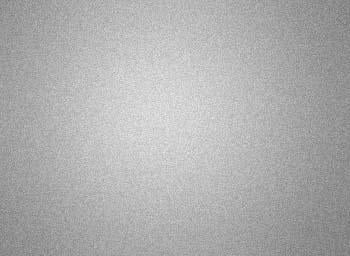
Flat Field Images with Hyperstar
Flat field images are used to remove uneven illumination from images. Primarily this means removing vignetting, which darkens the corners of an image. With larger-format cameras, including digital SLRs, the fast focal ratio of the HyperStar lens can cause some vignetting. This is easily removed using flat field images.
Why Flat Field Images Are Needed
Flat field images are captured by imaging an evenly illuminated source. Imaging this source reveals the uneven illumination introduced by the optical system. In DSLR cameras this includes not only vignetting but also some slight darkening along the top or bottom edge due to clipping of the fast light cone by the viewfinder mirror in the camera. The effects are slight, but improvements in image quality can be gained from flat field images. Smaller-format cameras do not suffer as much from uneven illumination and will not see much benefit from flat field images, so this processed is not entirely necessary for these cameras.

Above: A flat field image taken with a HyperStar C14 and Canon EOS 20Da
The images below show the effects of vignetting on a HyperStar image taken with a large-format camera. When the image is displayed normally, the effect is minimal. An strong contrast stretch shows the vignetting more clearly, but obviously an image would never be enhanced to this extreme.


Above: Vignetting in a wide-field image
Below is the same image before and after a flat field image is applied. The same extreme contrast stretch is applied, showing how a flat field easily removes uneven field illumination.


Above: Before and after flat fielding is applied
Taking Flats
The most common way to capture flat field images is to image the twilight sky. The evening sky provides a relatively even light source. This is an easy method, but there are a few things to bear in mind. First, there is a narrow window of opportunity for taking sky flats due to the fact that a sensitive CCD camera will begin picking up stars well before they are visible to the unaided eye. Second, because the light changes so rapidly after sunset, flats must be captured relatively quickly to avoid much change in illumination between the first and last flat field image. (Multiple images are usually taken to avoid noise and random variations, just like with regular images or dark frames. 6-8 frames are usually sufficient.)
Flat field images need to have a specific background brightness value. This number can be determined in a program like MaxIm DL by moving the cursor over the image. The proper value can be calculated from the properties of the camera being used. For the most common HyperStar camera, the Starlight Xpress SXVF-H9C, the background value should be around 26,000. For other cameras, check out the Flat Field Value Calculator. Set the exposure time to yield this value. Typical exposure times will be between a fraction of a second and a few seconds. For digital SLRs, the process is even easier. Just set the camera to automatically meter the sky and the exposure value will be correct.
The temperature at which the flats are taken does not need to match that of the main images. However, dark frames must be taken for the flats themselves if your camera normally requires darks. For cameras such as the Starlight Xpress SXVF-H9C, dark frames are not necessary (although they can be used), so dark subtracting flats is not needed either. If you shoot binned images, the flats must match in this respect.
Note: For flats taken with one-shot color CCDs, be sure to process images using the flats before converting the images to color.

